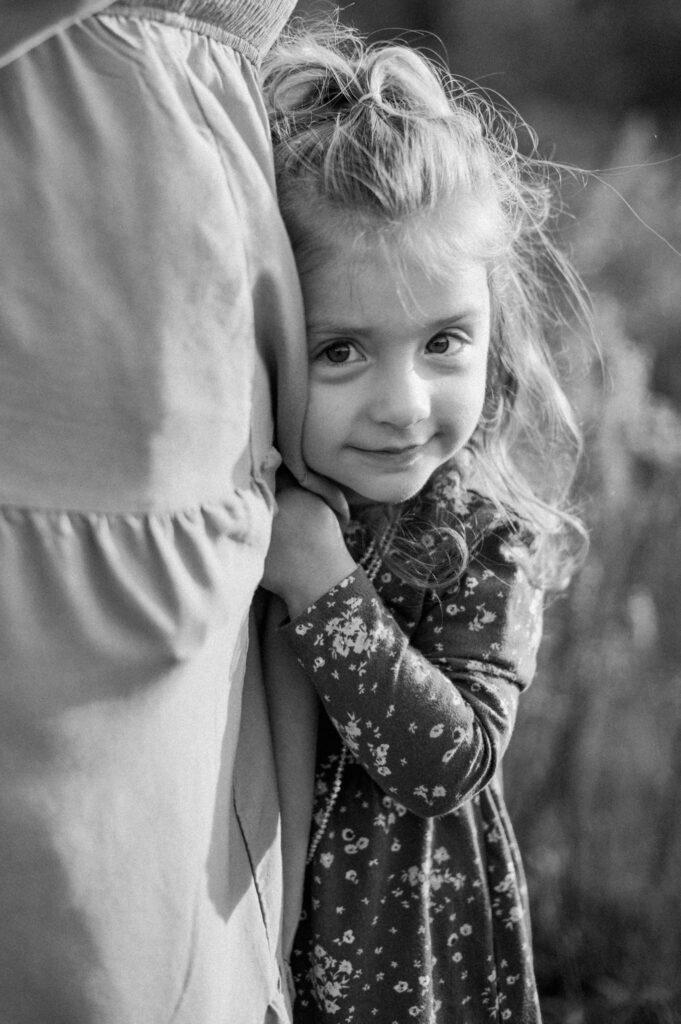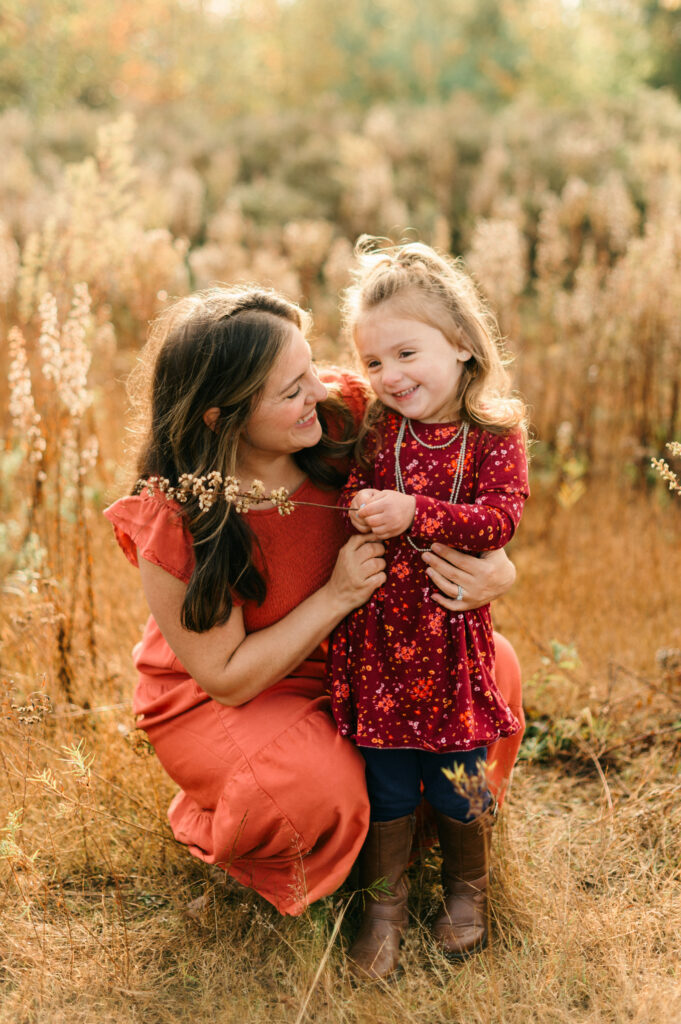Embarking on a photography journey with a child who detests being in front of the camera can be a true test of patience and creativity. However, capturing truly authentic moments with your camera-shy or hesitant child becomes an even more precious challenge. This blog post, inspired by a seasoned photographer, is crafted to empower mothers with tips that focus on understanding and cherishing children who truly dislike being photographed.

Establish Trust and Comfort:
Children who despise being photographed often feel uneasy about the process. Begin by establishing a foundation of trust and comfort. Spend quality time with your child without the camera, engaging in activities they love. This helps build trust, making them more receptive to being photographed when the time comes.
Introduce the Camera Gradually:
Avoid overwhelming your camera-shy child by introducing the camera gradually. Start with short and casual sessions, allowing them to get accustomed to the presence of the camera without feeling pressured. Gradual exposure can help alleviate anxiety and create a more relaxed environment.
Choose Familiar Settings:
Opt for familiar settings that your child associates with comfort and safety. Whether it’s their favorite room, the backyard, or a local park, familiar environments can help ease their discomfort and make the photography experience less intimidating.
Focus on Candid Moments:
Instead of forcing poses, prioritize capturing candid moments that unfold naturally. Children who dislike being photographed often express their genuine selves when they are not aware of the camera’s presence. These unguarded moments can result in authentic and emotion-filled photographs.
Be Patient and Non-intrusive:
Patience is key when working with camera-shy children. Avoid being too intrusive or directive during the photoshoot. Allow your child the space to express themselves naturally, and be patient as they navigate their feelings about being photographed. A relaxed and non-intrusive approach often yields the most genuine shots. Stand back a bit with a longer lens like an 85mm. This will help you get those tighter shots without being right in their face.
Use Distractions Wisely:
Employ distractions strategically to redirect your child’s attention during the photoshoot. Consider incorporating their favorite toys or engaging them in an enjoyable activity. Using distractions effectively can help shift their focus away from the camera, allowing you to capture more relaxed and genuine expressions.
Empower Them with Choices:
Offer your child choices to give them a sense of control. Let them decide aspects of the photoshoot, such as choosing a favorite outfit or suggesting a location. Empowering them with choices can help shift their perspective and make the process more collaborative.
Celebrate Small Victories:
Acknowledge and celebrate small victories throughout the photoshoot. If your child manages to maintain eye contact with the camera for a brief moment or shows a genuine smile, express your appreciation. Positive reinforcement encourages a more positive association with being photographed. Some might disagree with me on this but I do reward my son for cooperating during a shoot with a small reward. Sometimes as small as a lollipop, ice cream or toy he has been wanting. It depends on the situation though. Most of the time I use praise but if it is something important like family photos I will up the prize.
Keep the Session Short & Sweet:
Children with an aversion to being photographed may have a limited tolerance for extended sessions. Keep photoshoots short and focused on capturing a few meaningful moments. Quality often trumps quantity, and shorter sessions are more likely to yield positive results. With my son we have found that 20 minutes is max for a family session. When I am just photographing him alone it is more like 5-7 minutes. I try to get everything ready before. I set my camera settings, pick the spot, test the light and then I have him go the intended spot. This way he isn’t waiting for me and getting frustrated.
Use Positivity and Rewards:
Transform the narrative around being photographed by framing the experience positively. Use uplifting language, express excitement, and share the joy of creating memories together. A positive and encouraging atmosphere can contribute to a shift in your child’s perception of being photographed.
Get them involved in the final product:
Last but certainly not least PRINT your photos and get your child involved in the process. Children love seeing pictures of themselves. Print them at a place like mpix.com and let them hang them in their room, make their own album or scrapbook or do a photo project with them. Either way getting them excited for the final product helps then be excited when you are taking the pictures.
By embracing these tips inspired by a photographer, mothers like you can navigate the challenges with patience and creativity, turning the photography experience into a collaborative and cherished endeavor. Through empathy, trust-building, and a focus on genuine moments, you can create a visual story that not only reflects your child’s true self but also fosters a positive and lasting connection with the art of photography.

Follow along for more photography tips!
Comments Off on How to Photograph shy children